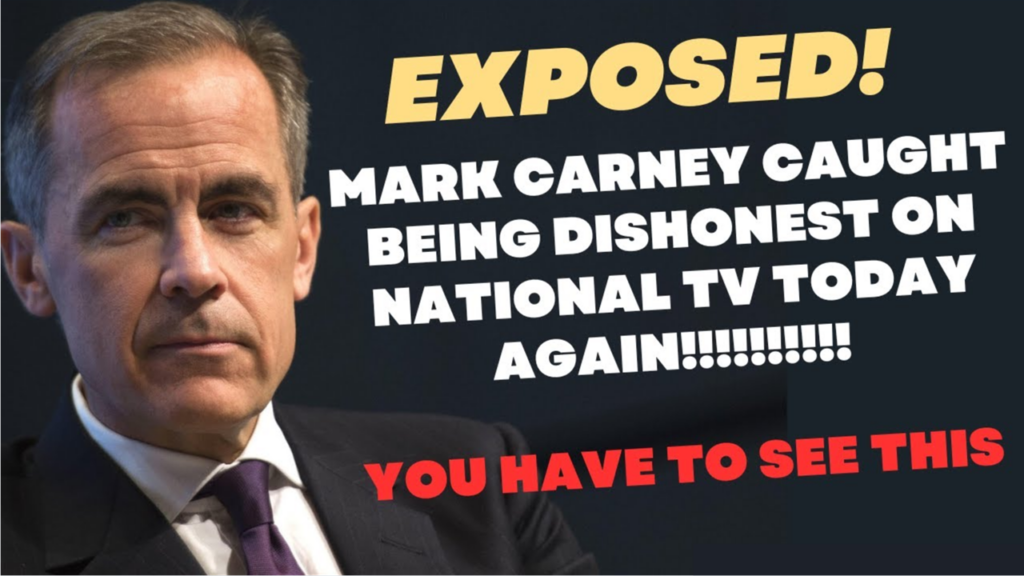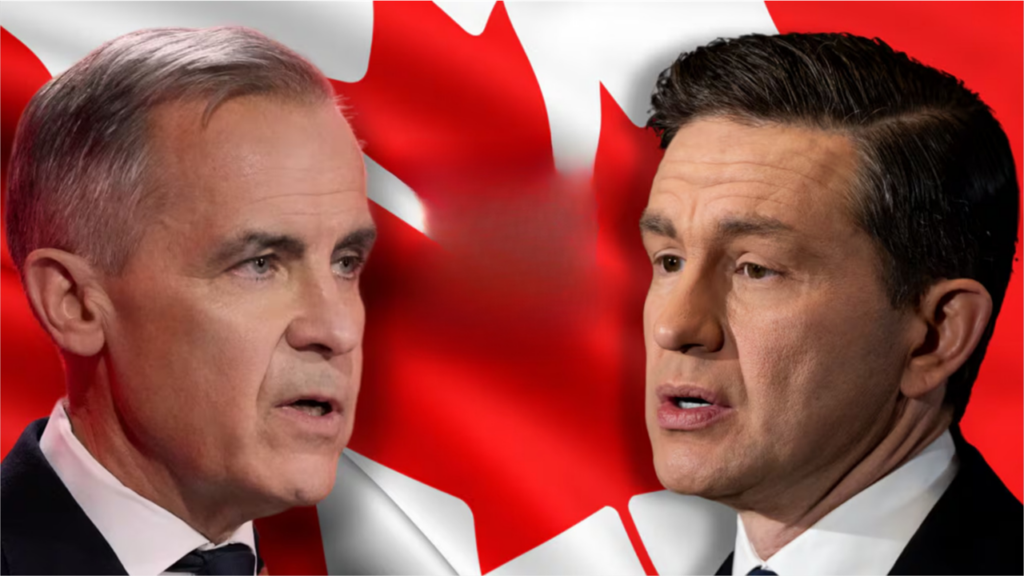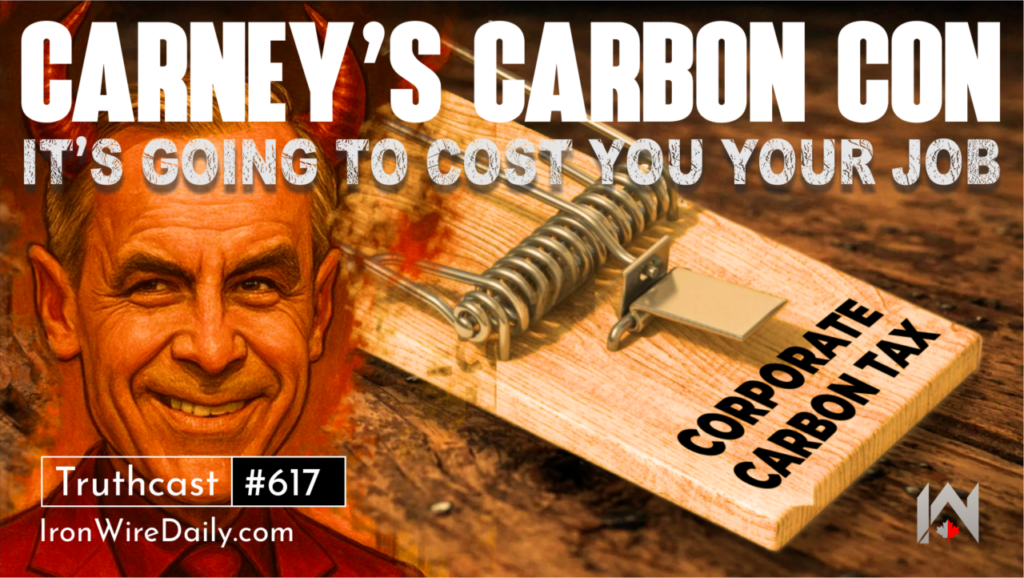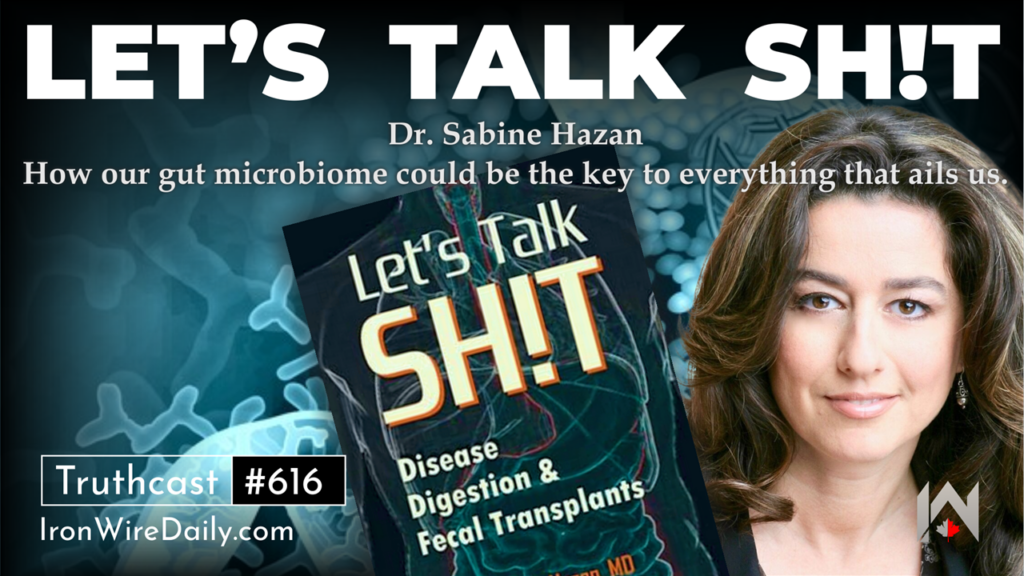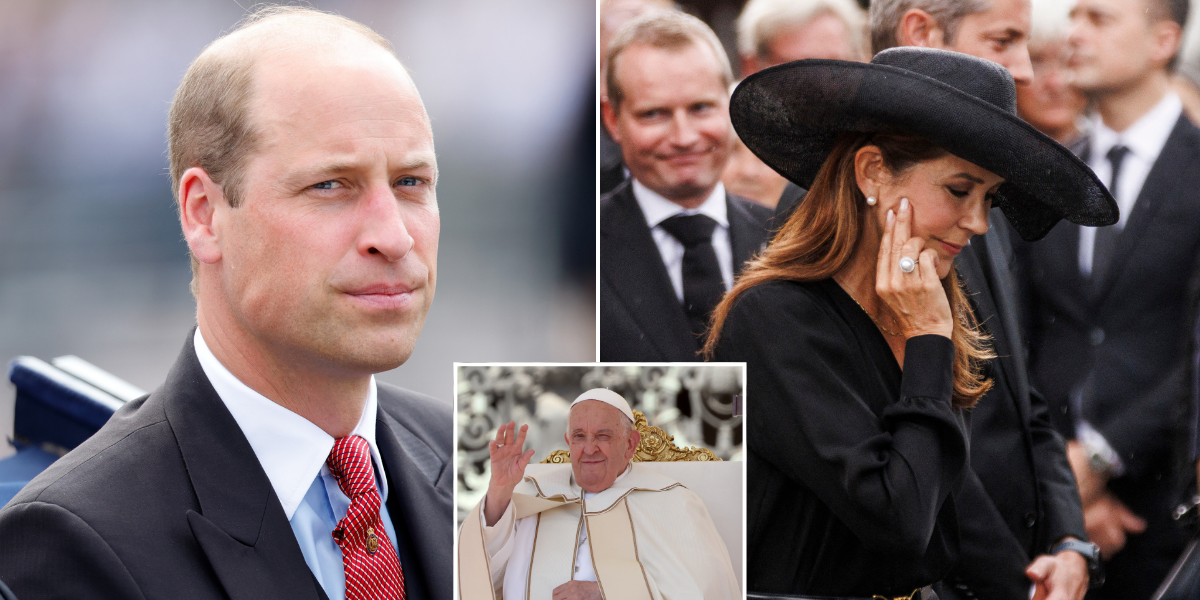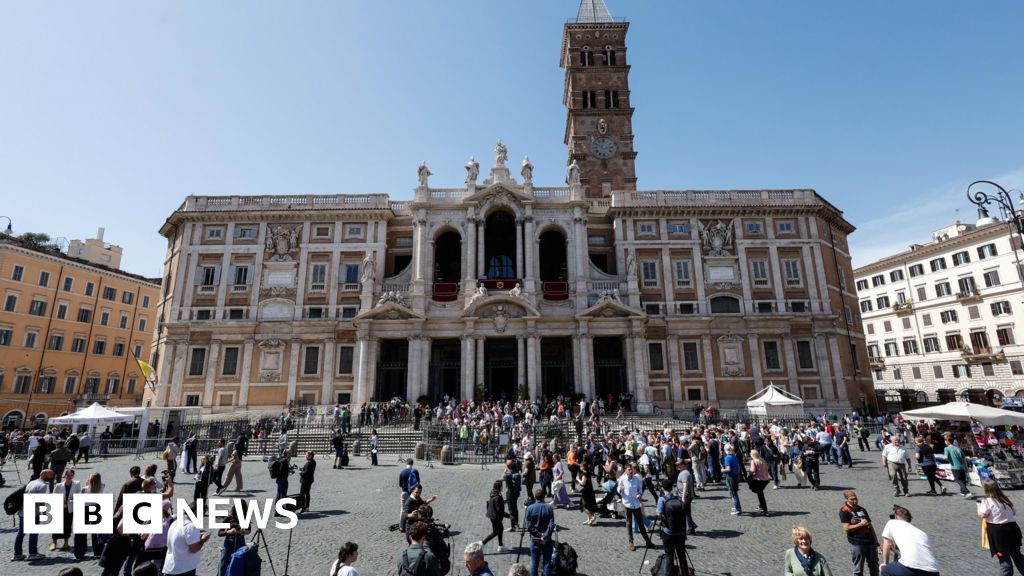Ukraine: All smiles as Vladimir Putin meets Donald’s Trump’s envoy
All smiles in the Kremlin as Putin sits down with Trump’s deal-maker
Steve Rosenberg
BBC Russia editor
Reporting fromMoscow

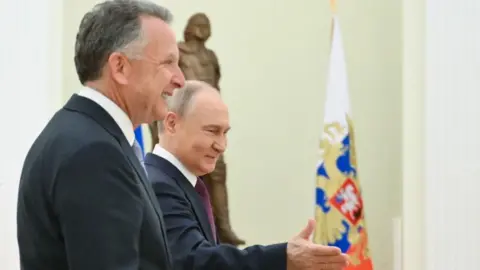 EPA/Kremlin
EPA/Kremlin
It was all smiles in the Kremlin.
“It’s so good to see you,” gushed Steve Witkoff as he shook the hand of the Russian president.
From his broad smile you could tell that Donald Trump’s special envoy was indeed delighted to see Vladimir Putin.
In fact, he’s been seeing rather a lot of him.
This was their fourth meeting in just over two months.
In that period Witkoff has surely had more face time with Russia’s president than any other American.
The Kremlin released 27 seconds of video from the meeting. What caught my attention wasn’t so much the body language or the greetings – it was the table.
On one side sat the combined might of the Russian delegation: President Putin, flanked by his veteran foreign policy aide Yuri Ushakov, his envoy on foreign investment Kirill Dmitriev, plus an interpreter.
On the other side, clearly outnumbered: Witkoff and a translator.
This is not traditional diplomacy – but then again, Witkoff is not a traditional diplomat.
He is a billionaire New York real estate developer and long-time confidant of Trump – who himself is not a traditional president.
Like Trump, Witkoff has made a career in doing deals.
This is how high-level US-Russian diplomacy is being conducted now in the Trump era.
It’s how crucial decisions with potential implications for the global order are being debated.

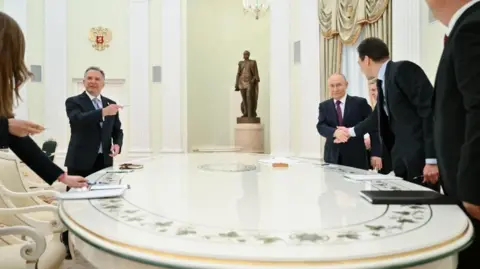 Reuters/Kremlin
Reuters/Kremlin
Following this round of talks, Ushakov held a conference call for reporters. He insisted that the negotiations with Witkoff had been “constructive and very useful”.
“May I ask a question?” I began. “What are the main sticking points, the obstacles to peace in Ukraine?”
“Thank you,” Ushakov said. “We’ll end it there.” Conference call over.
From the various alleged peace proposals that have been leaked to the press, there seem to be plenty of “sticking points”. There are differences over the territorial concessions Ukraine would be required to make, security guarantees, sanctions relief for Russia and the sequencing – that is, the order in which obligations undertaken be carried out.
The day Witkoff flew to Moscow, on the edge of the city, peace was shattered.
A car bomb killed a senior Russian general.
Yaroslav Moskalik was deputy head of the Main Operations Directorate of the Russian General Staff. The Kremlin accused Kyiv of assassinating him.
If that’s true, it’s a sign of how Russia’s war in Ukraine has come much closer to home.
There is no guarantee that talks between Putin and Witkoff will bring peace. And there will be concern in Kyiv and in Europe that they were not at the table.
What is clear is that Putin and Trump are determined to bring their countries closer – whatever happens with the Ukraine peace process.
For Moscow and Washington, now their watchword is co-operation.
On Friday, I attended a ceremony at a Moscow military park symbolising this.
It marked the moment, 80 years ago, when American and Soviet soldiers met on the Elbe River in the dying days of World War Two. That was a time when Russia and America were allies.
A military band played as people lined up to lay flowers at a memorial to the Meeting on the Elbe.
Putin’s invasion of Ukraine put the US and Russia on opposite sides, but times are changing again.
The White House and the Kremlin are trying to repair relations. Could they secure a peace deal, one that’s acceptable to Ukraine?
“We are just re-establishing contact,” Foreign Ministry spokesperson Maria Zakharova told me at the ceremony.
“We are just trying to find a way out of this terrible crisis which was created by the previous American administration. They ruined many things.”
Moscow presents itself as peacekeeper. It blames Kyiv and the “collective West” for the fighting.
And yet in February 2022, it was President Putin who ordered Russian troops to invade a sovereign neighbouring country, to force it back into Moscow’s orbit.
So much has changed, not least the attitude of the White House.
President Biden had promised to support Ukraine “for as long as we can”.
Earlier this month, Trump blamed Ukrainian President Volodymyr Zelensky for starting the war.
“You don’t start a war against someone 20 times your size and then hope that people give you some missiles,” Trump said.
